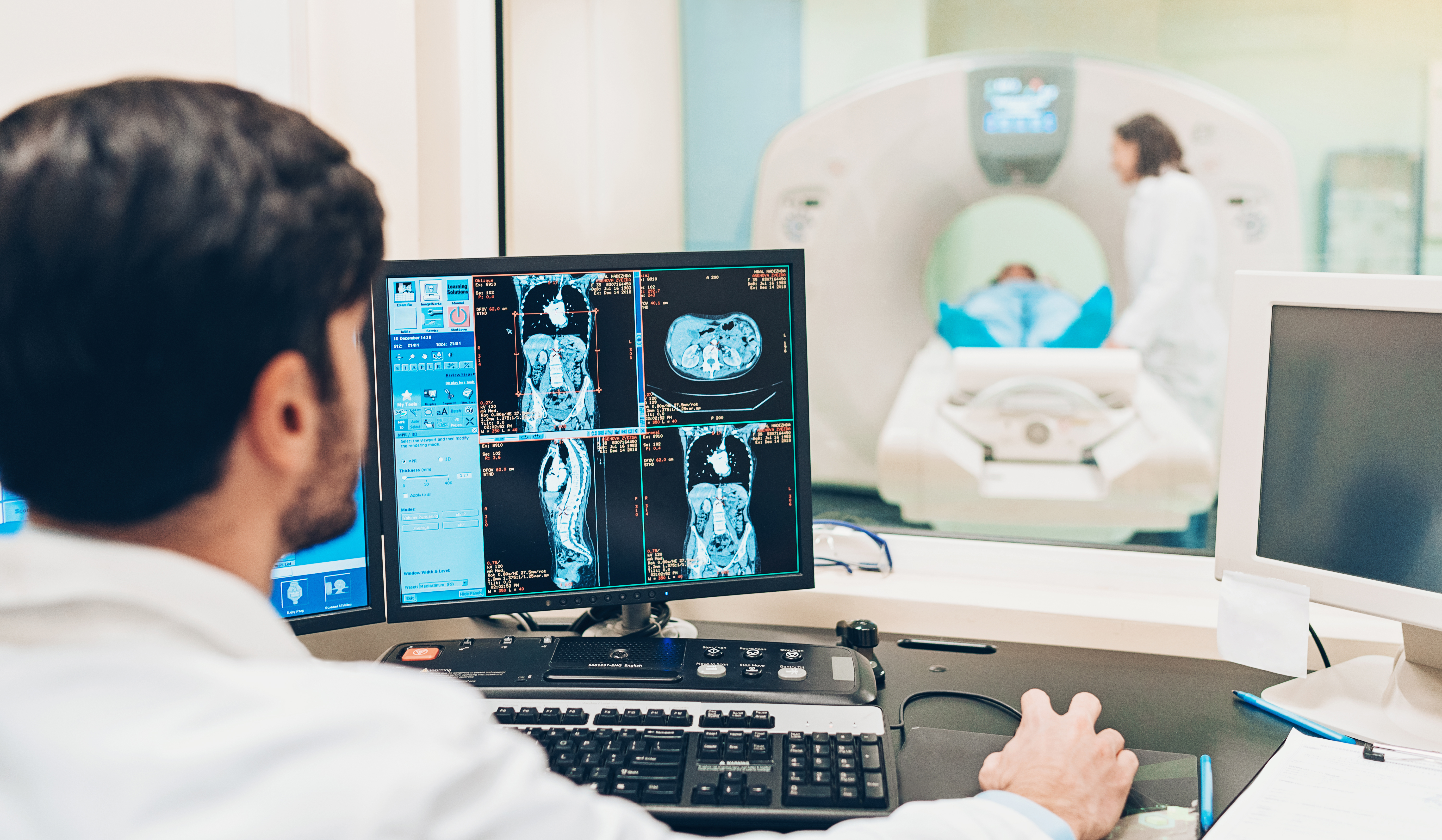Application Spotlight: Magnetic Resonance Imaging
Have you ever had an MRI scan, or do you know someone who has? With over 500 million MRIs performed every year worldwide, chances are that you can answer yes to at least one of those questions. (See a breakdown of annual MRIs by country.) But while this scan might be common, many of us don’t really know much about how it actually works. Radiall creates interconnect components that support MRI technology, and we think it’s important to know about the applications that our products make possible. With that being said, let’s take a deeper dive into the world of MRIs.
How do MRIs work?
MRI stands for magnetic resonance imaging. An MRI machine collects images using a magnetic field and radio waves. The magnet that creates the magnetic field is 1 to 4 thousand times stronger than the earth’s magnetic field. In other words, it’s pretty powerful. This magnetic field realigns your body’s water molecules, which then produce signals that create the images of your body.
What can MRIs scan?
An MRI scan can take anywhere from 10 minutes to two hours, depending on what is being scanned. According to Mayo Clinic, MRIs can scan organs, tissues and the skeletal system. They can detect tumors and bone fractures that are too small for x-rays to see. They can help diagnose multiple sclerosis, spinal cord disorders, brain injuries and much more. MRIs can scan the liver, kidneys, spleen, pancreas, uterus, ovaries, prostate, breasts and bones.
MRI technology is pretty amazing, and we’re proud to play a small role in making it possible. Our non-magnetic connectors guarantee error-free signal transmission, resulting in high-resolution images. Learn more about our products that support MRI technology.


